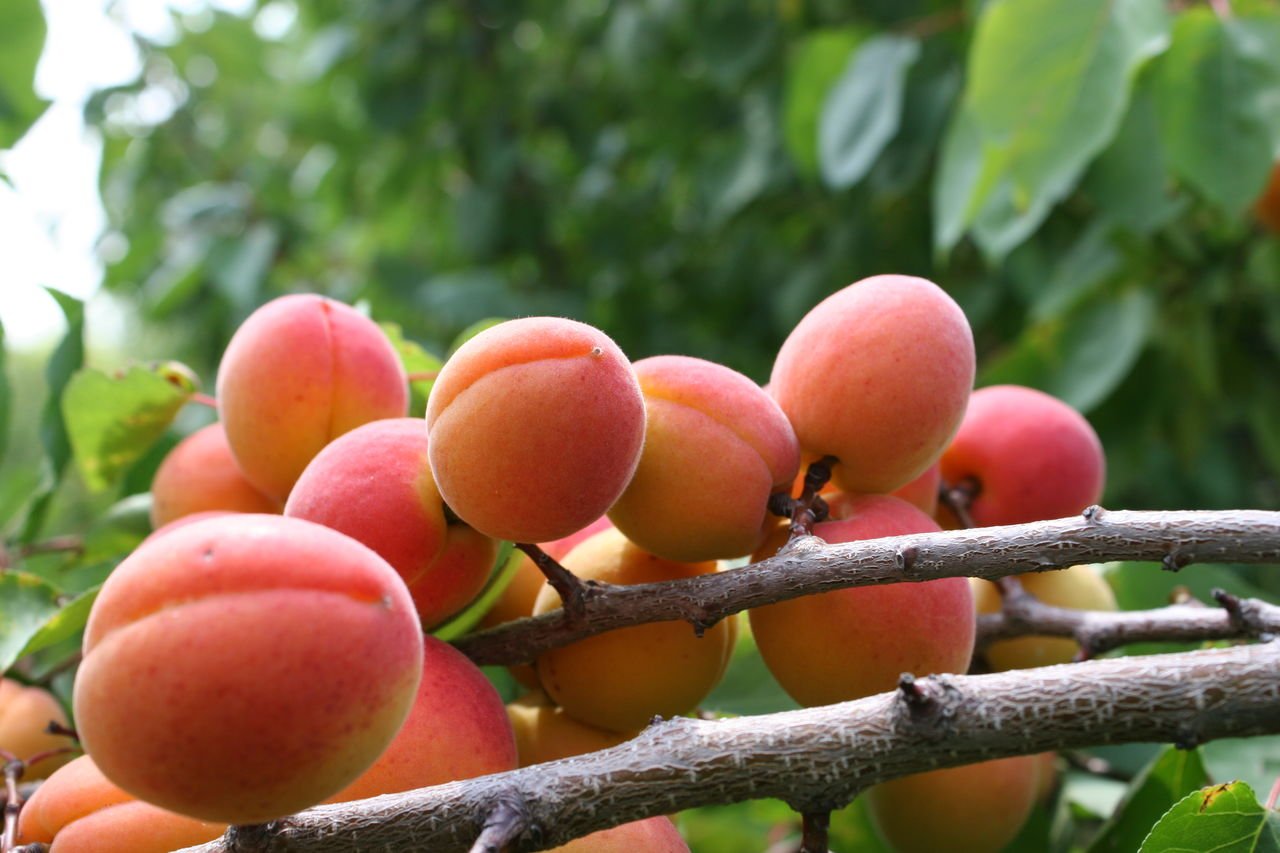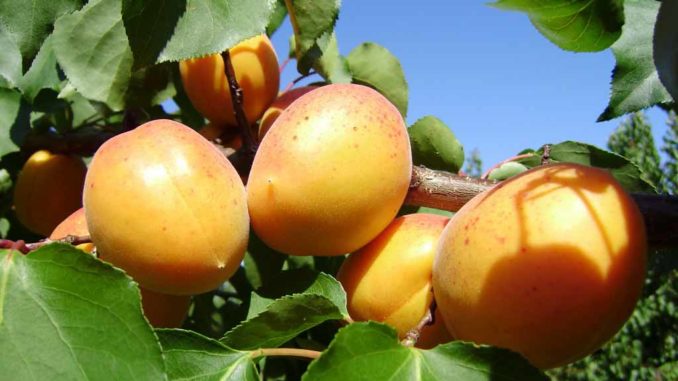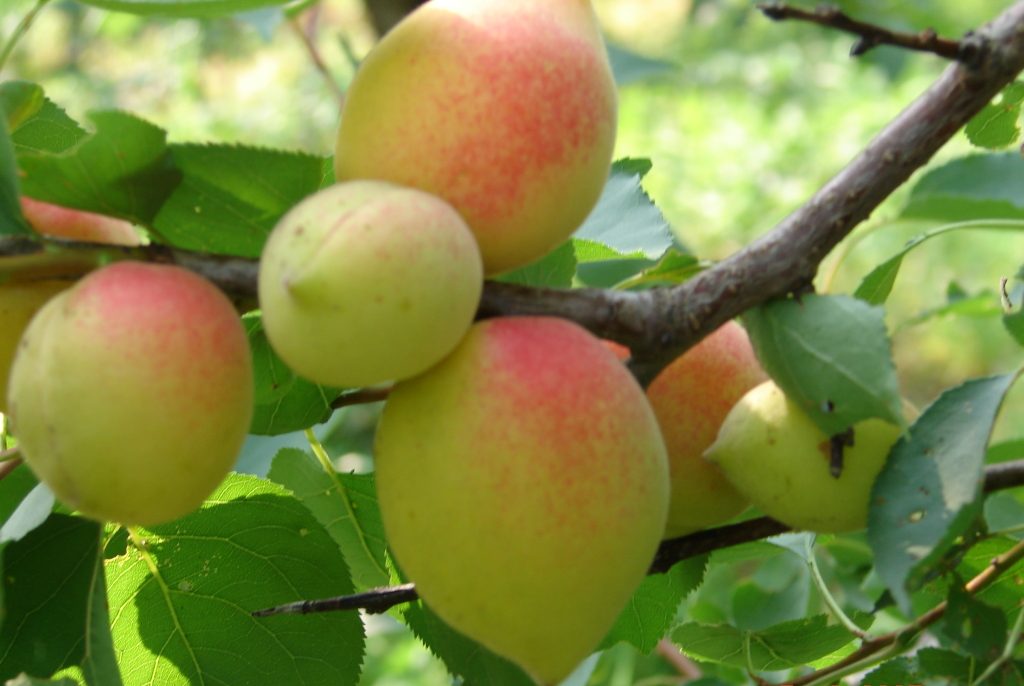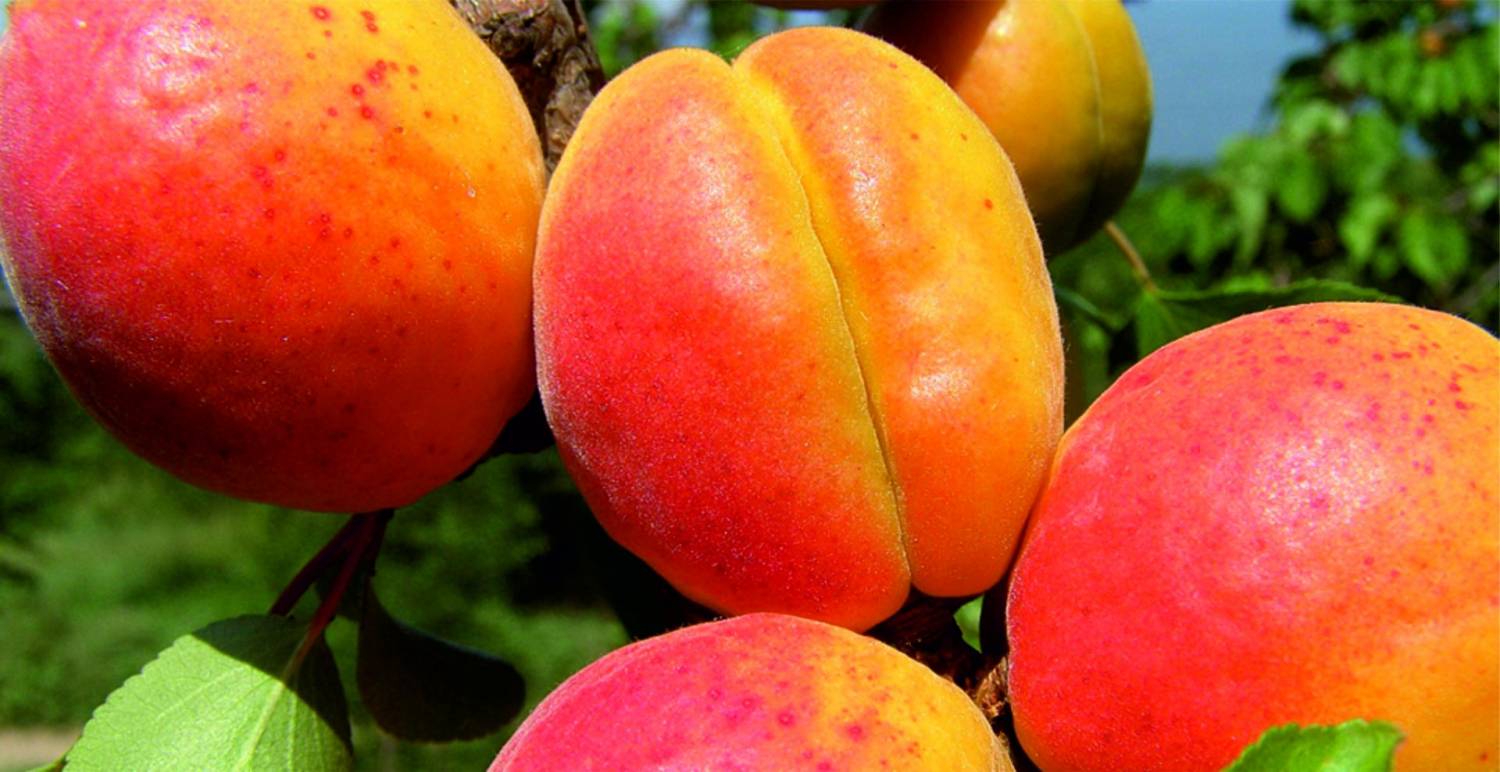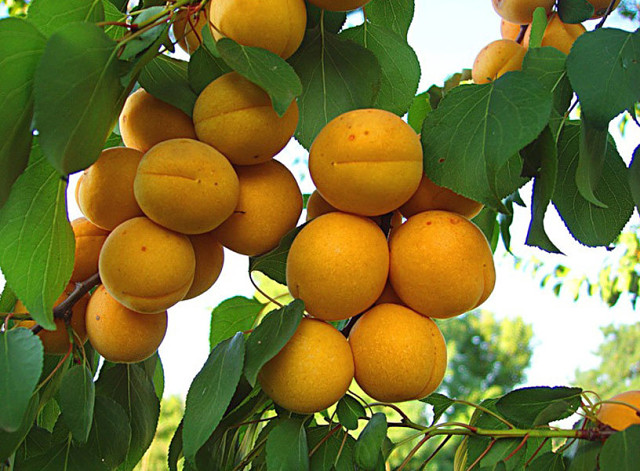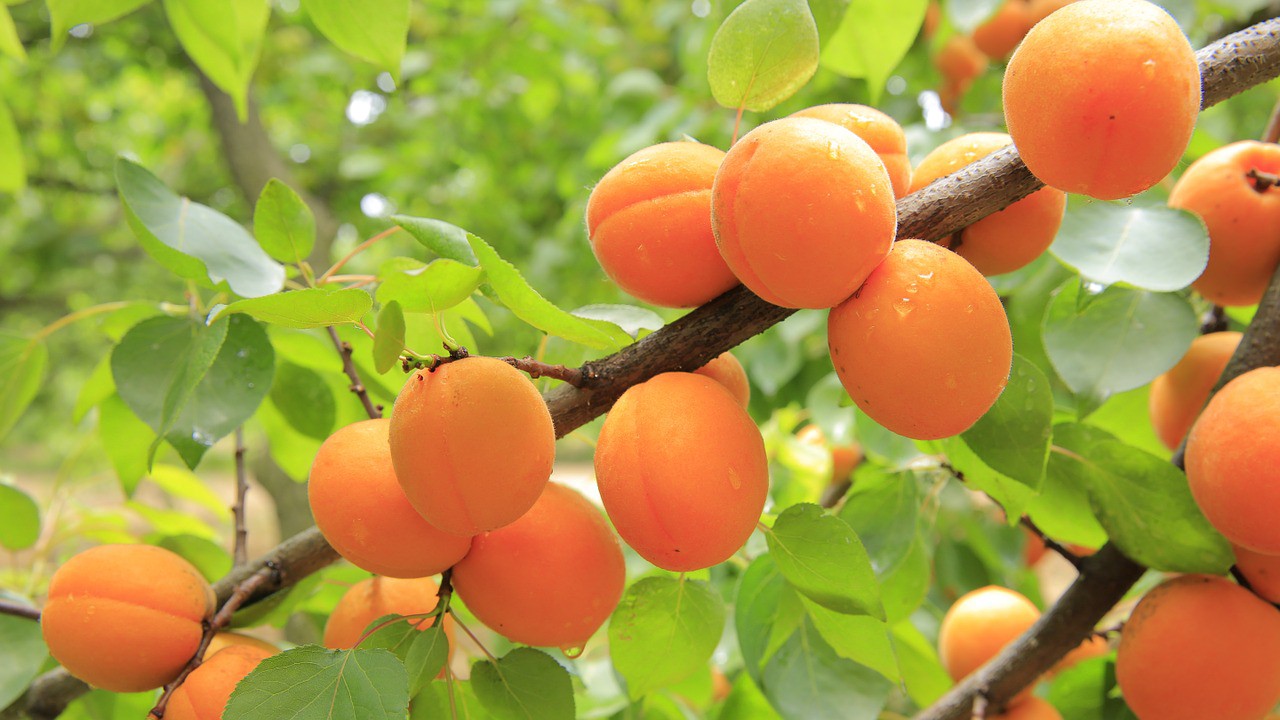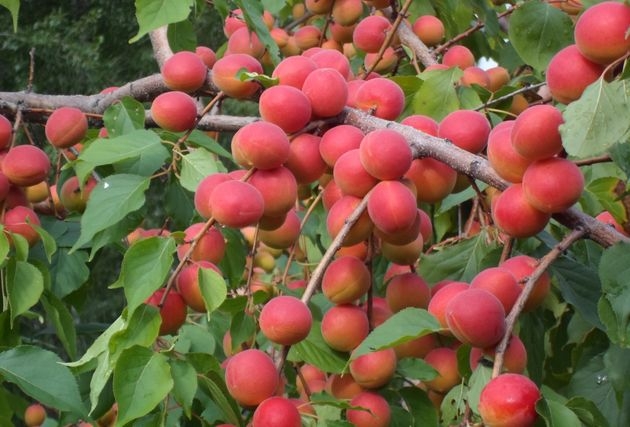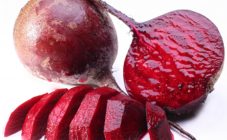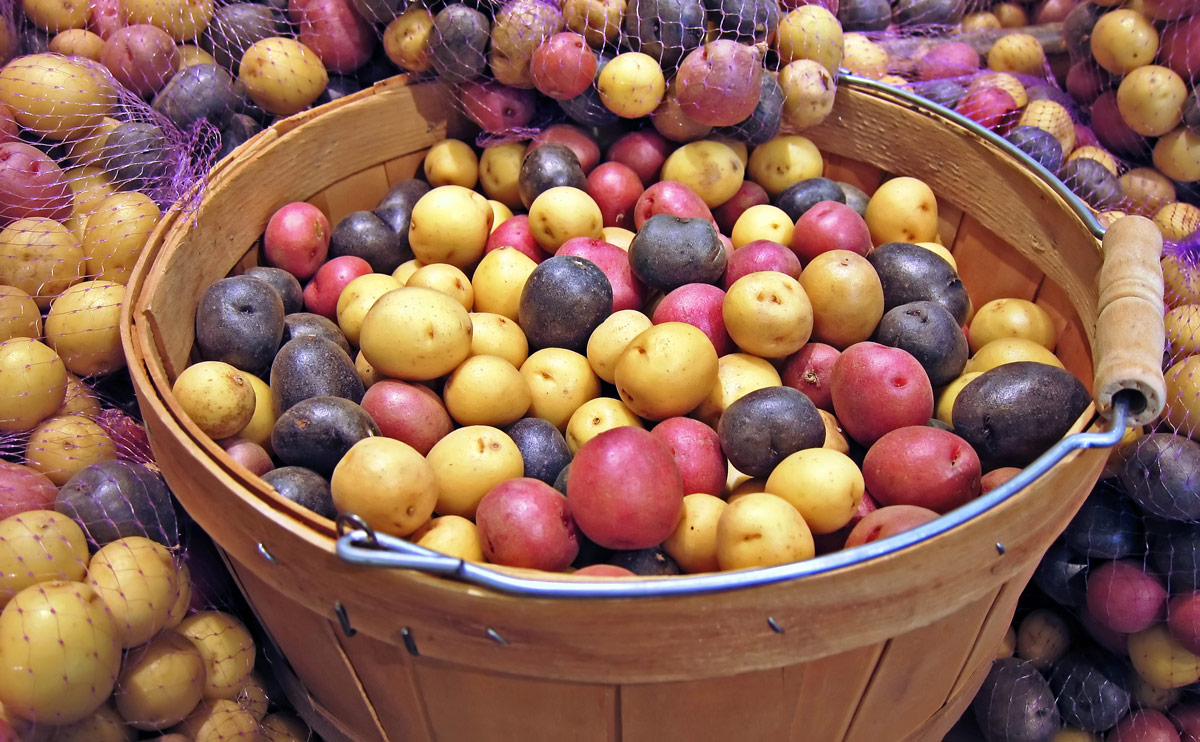With the development of agriculture, residents of regions with a variable climate have the opportunity to grow almost anything on their land. For many summer residents, the appearance of winter-hardy varieties of apricots has become a real success, because now there is no need to buy fruits of unknown quality in stores. You can grow them yourself and be sure of their naturalness and the absence of harmful substances.
Northern triumph
Begins to bear fruit from the 4th year of life. Ripening occurs in early August or a little earlier. The tree is strong with a spreading crown. Very resistant to winter and not afraid of diseases. One tree produces up to 60 kg of fruit weighing up to 60 g each.
Chemal ruddy
Medium-sized tree, rounded crown. The harvest ripens by early August. The apricots are medium in size, weighing about 25 g, the taste is sweet and sour, the color is red-orange, a blush appears from the sunny side. Suitable for recycling. The variety is fast-growing.
Orenburg
A variety of apricots up to 2.5 meters tall. Unpretentious in care due to its small stature. Fruits are orange, weighing up to 25 g. Loves the sun, begins to bear fruit at the end of July. Drought and fungus resistant. Neutral fertile soils are the best option for this variety.
Red-cheeked
It begins to ripen in mid-July, but it does so unevenly and the process can be delayed. Unpretentious care. The fruits are quite large - up to 60 g, sweet with a slight sourness. Yields a harvest for 3-4 years after planting. It is used both fresh and preserved.
Hardy
It got its name for a reason - this variety of apricots is distinguished by its strength and endurance in adverse conditions. Thanks to the thick bark, it is not afraid of severe cold weather. The tree can grow up to 5 meters high. The crop gives a little later than its cold-resistant counterparts - by 5 or 6 years. The fruits are suitable for fresh consumption and various types of processing.
Honey
Withstands cold up to minus 35 degrees. The height is about 4 meters, the crown is spreading. Fruits are yellow, red dots may be present on the skin. It got its name for its honey sweet taste. Can be eaten fresh or put on blanks.
Kichiginsky
Fruit ripening occurs in early August. Medium-sized apricots, up to 15 g, yellow. The taste is sweet and sour. Can serve as a pollinator for other apricot varieties. Good for recycling.
